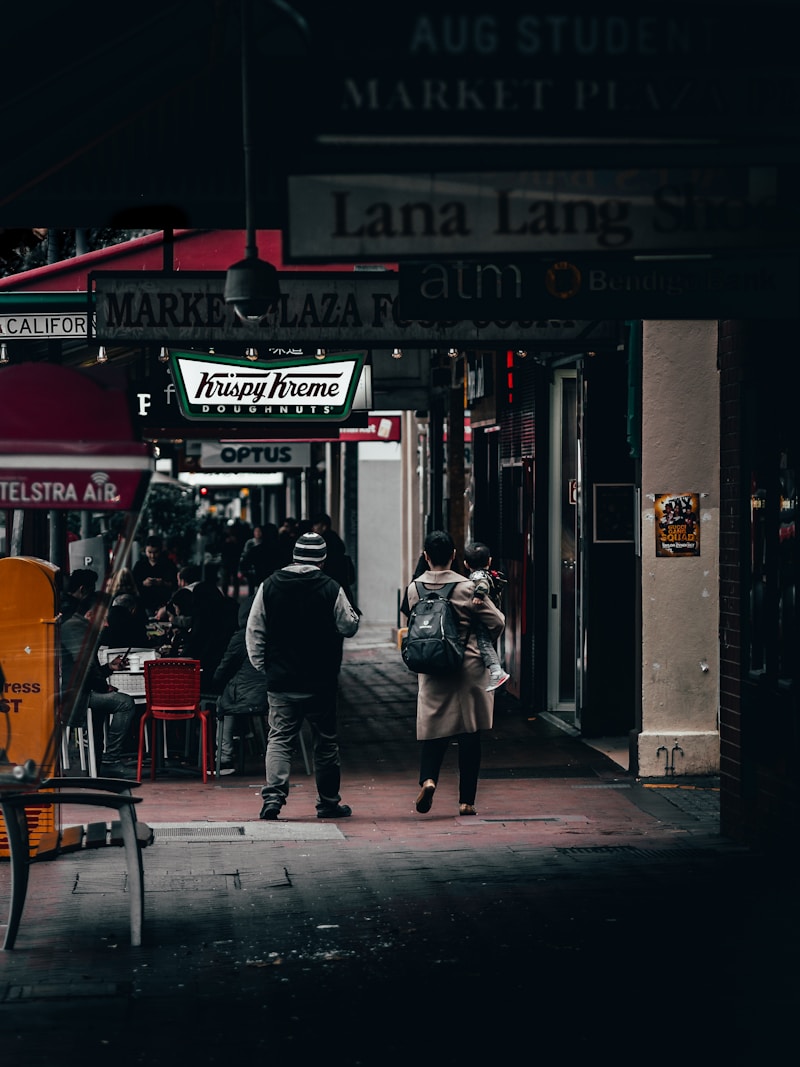Decoding Sample Sale Pricing Strategies: Unlocking the Secrets to Smart Shopping
If you're a savvy shopper, you might have already experienced the thrill of a sample sale. These exclusive events often feature designer merchandise at a fraction of the retail price, but the true challenge lies in understanding the pricing strategies behind them. In this article, we'll explore the various aspects of sample sale pricing strategies, offering you insights and tips on how to make the most of these shopping opportunities.
Understanding Sample Sales
Sample sales are typically held by designers and brands to clear out excess inventory or showcase their work from previous seasons. Often, they include clothing, accessories, and even home goods. These events can take place in various locations, such as showrooms, warehouses, or upscale boutiques. However, price tags at these sales can sometimes be perplexing.
Why Do Sample Sales Work?
Sample sales work for both retailers and consumers. For retailers, they create a buzz around their brand while quickly moving merchandise. For consumers, the allure of high-quality items at low prices is irresistible. Understanding the pricing strategies behind these sales can help you navigate them more effectively.
Key Pricing Strategies
| Pricing Strategy | Explanation |
| Markdowns | Initial prices are often set high, followed by multiple markdowns to entice buyers as the sale progresses. |
| Tiered Pricing | Different pricing levels based on the exclusivity or popularity of items; often seen in limited edition collections. |
| Bundle Deals | Purchasing items in bulk for a special price, encouraging consumers to buy more. |
| Flash Sales | Short-lived events where prices drop significantly for a limited time, creating urgency to purchase. |
| Price Anchoring | Showing original retail prices next to sale prices to highlight the discount. |
The Psychology Behind Pricing
When it comes to sample sales, pricing isn't just a number; it's a psychological tactic designed to instill a sense of urgency and value. Retailers understand that consumers are more likely to engage when they perceive they're getting a deal. For instance, price anchoring can make sales prices appear more attractive, while markdowns can stimulate impulse buying.
Strategies for Success
To maximize your experience at sample sales, consider the following strategies:
- Research Before You Go: Familiarize yourself with the brands participating in the sample sale. Check their recent collections and prices to gauge what a fair discount would be.
- Arrive Early: The best items often sell out fast. Arriving early gives you a chance to catch the best deals.
- Be Prepared for Competition: Sample sales can draw many savvy shoppers. Prepare to navigate a busy environment, and don’t hesitate to grab items that interest you.
- Try Items On: Fit can vary widely, especially for sample pieces. Always try items on before purchase, if possible.
- Set a Budget: It’s easy to get swept up in the excitement. Set a budget to control your spending and stick to it.
Common Questions About Sample Sales
How Do Sample Sale Prices Compare to Retail Prices?
Sample sale prices can vary significantly based on the brand and nature of the sale. Typically, you can expect discounts between 50% to 80% off retail prices. However, it’s essential to research the brand beforehand to understand the original pricing.
Are Sample Sales Always Worth It?
Sample sales can offer fantastic savings, but they might not always provide the best value. Sometimes, what appears to be a good deal may still be more than you would pay during a standard sale. Evaluate the quality and condition of the items, and remember that the best deals come from well-researched purchases.
What Should I Look For at a Sample Sale?
Look for timeless pieces that are versatile. High-quality fabrics and construction, along with classic designs, are more likely to stand the test of time. Additionally, always check for damages—whether it's a missing button or a loose seam—as this can significantly affect the value.
Can I Return Items Bought at Sample Sales?
Most sample sales have a final sale policy, meaning items cannot be returned or exchanged. This policy reinforces the need to carefully consider your purchases.
Do’s and Don’ts of Sample Shopping
Do:
- Be polite and respectful to staff and other shoppers.
- Bring cash if possible, as many sales only accept cash for quicker transactions.
- Check social media for updates on new arrivals or special promotions.
Don't:
- Assume everything is a bargain; focus on what adds value to your wardrobe.
- Forget to keep an eye on trends and seasonal styles.
- Overlook the importance of fit and fabric quality in your shopping spree.

Final Thoughts
Understanding sample sale pricing strategies can greatly enhance your shopping experience. With the right approach and knowledge, you can nab incredible deals on high-end fashion and lifestyle products. Remember to research beforehand, set a budget, and remain vigilant during the sale. Happy shopping!